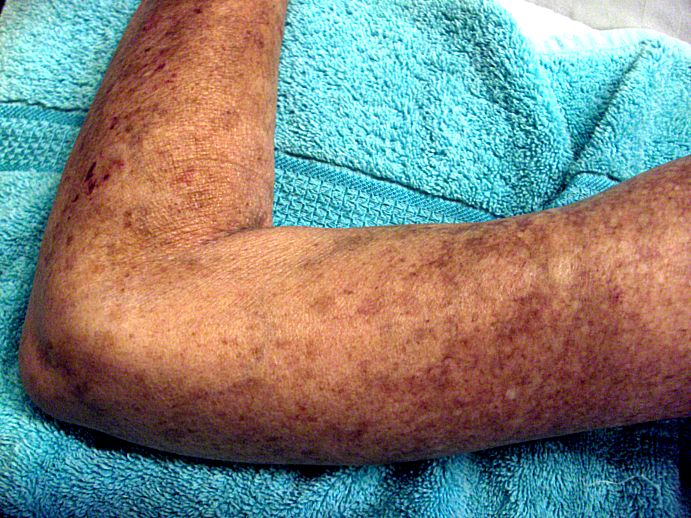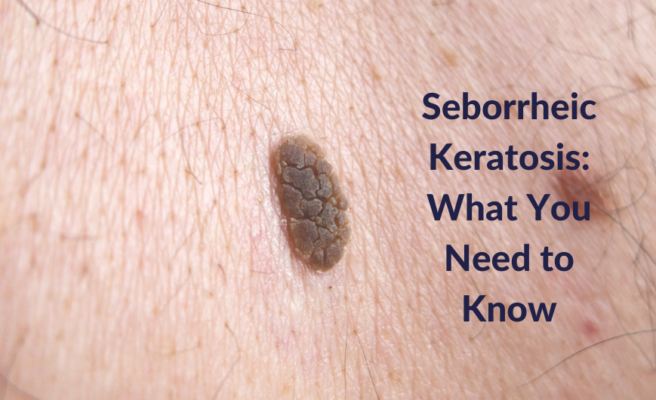Scleroderma means “hard skin” and is an autoimmune disorder that causes abnormal growth of skin and other connective tissue. With scleroderma, the body makes too much collagen. Collagen is the substance that holds our body together, yet excess amounts of it cause the skin to harden and tighten.
Scleroderma is more common in women, but it also occurs in men and children. It affects people of all races and ethnicities.
This condition can also affect more than just the skin — including joints, muscles, and even internal organs like the kidneys and lungs. The location of the hardening and tightening varies with the type of scleroderma you have. If it affects the skin and the underlying tissue, it is known as localized scleroderma.
Types of Localized Scleroderma
The various kinds of localized scleroderma include:
Morphea on Skin
With this type of scleroderma, patients see one or a few patches of thickened skin that are usually reddish or purplish in color. The patches are usually painless but may be itchy. The excess collagen can develop deep in the skin and in rare cases, morphea may affect your muscle.
Generalized Morphea
Patches of morphea can develop on different parts of the body and grow together. This can appear on the back, arms, or legs. This can also go into the tissue beneath the skin.
Linear Scleroderma
This causes a line of thickening and often begins in childhood or teenage years. It usually occurs on an arm or leg and can go deep into the muscle or even sometimes the bone.
En Coup De Sabre on the Forehead
This is a thickened line of skin on the forehead, scalp, or both areas. The tissue beneath can disappear or cause a disfiguration.
What Causes Scleroderma?
Scientists don’t know exactly what causes scleroderma, however, they know that people don’t catch it from or transmit it to others. It is also not inherited, based on studies that include twins. It’s been determined to be caused by a variety of factors:
- Genetic makeup – Genes seem to put certain people at risk for scleroderma, but it is not thought to be passed from parent to child like some genetic diseases.
- Environmental triggers – Research suggests that exposure to some environmental factors like viral infections, certain adhesive and coating materials, and solvents such as vinyl chloride or trichloroethylene may trigger scleroderma-like conditions in people who are genetically predisposed to it.
- Hormones – Because of female predominance between ages 30-55 (and with all ages), scientists suspect that hormonal differences between women and men play a part in developing scleroderma.
Treatment for Scleroderma
There is currently no cure for scleroderma, but treating it can help improve your quality of life.
Before treating scleroderma, your Provider will confirm how deep the hardening reaches into your skin and the tissue beneath it so they can properly treat it. Sometimes, it’s easy to tell how far the hardening reaches, but you may also need to have an MRI (magnetic resonance imaging).
The recommended treatment will depend on how deep the scleroderma goes, the type of scleroderma you have, and what skin issues it is causing. Treatments may include:
- Medication: These may be used to suppress inflammation, such as topical steroids, systemic steroids, and methotrexate.
- Light therapy
You can schedule an appointment to speak with a Provider if you have concerns about scleroderma or any other skin conditions at one of our Central Oregon area locations.












